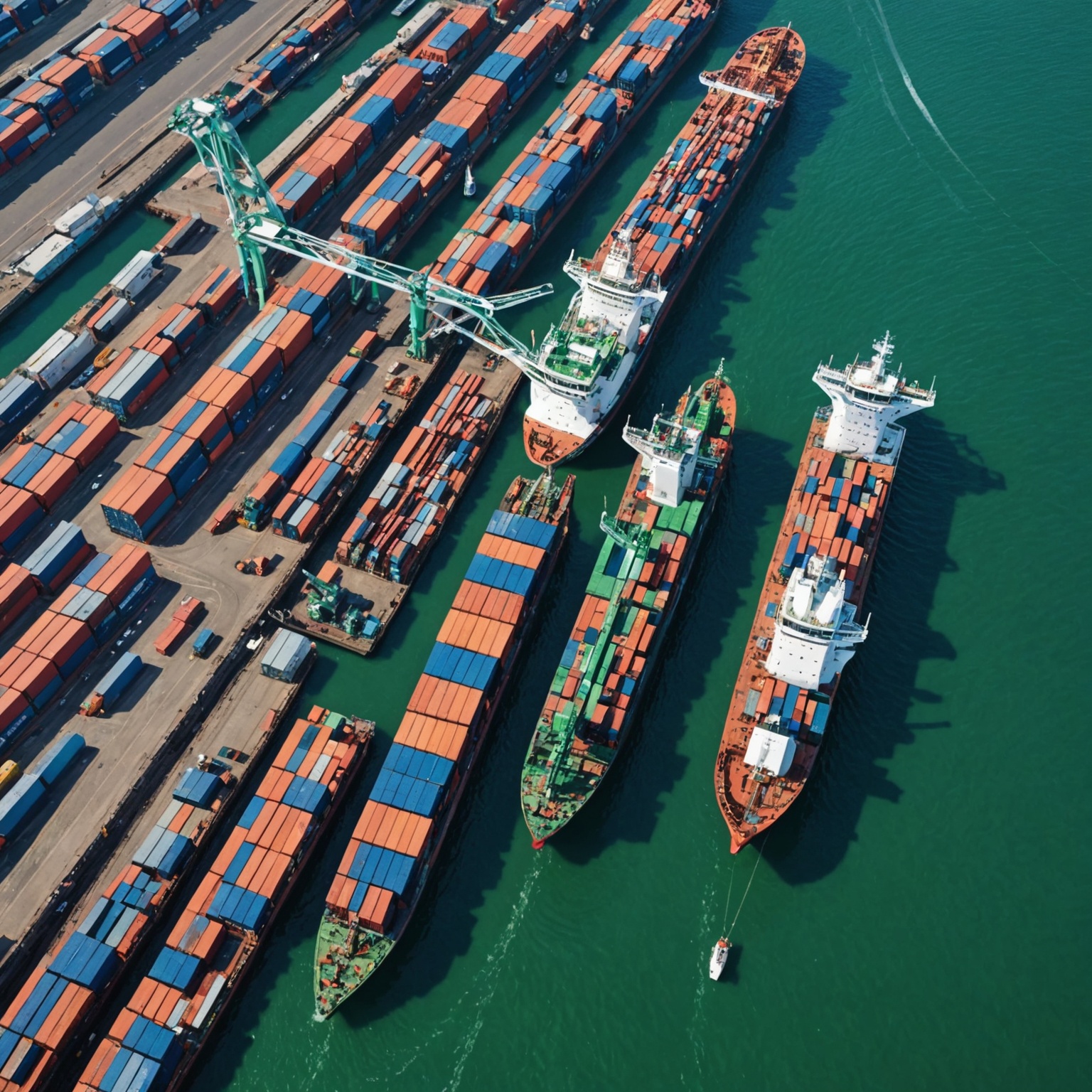Global Shipping Industry Adopts New Emission Standards

Global Shipping Industry Adopts New Emission Standards
The global shipping industry, responsible for a significant portion of worldwide emissions, has embarked on a greener path with the adoption of stringent new emission standards. This initiative represents a collective commitment to environmental stewardship and highlights the sector's role in combating climate change.
Understanding the New Emission Standards
In response to growing environmental concerns, the International Maritime Organization (IMO) has introduced new regulations that mandate a substantial reduction in the sulfur content of marine fuel. Previously capped at 3.5%, the new standards restrict sulfur content to just 0.5%. This significant reduction is expected to decrease the amount of sulfur oxides emitted by ships, which are harmful to both human health and the environment.
The adoption of these standards was not without challenges. Shipping companies worldwide have had to invest in new technologies, such as scrubbers and cleaner fuels, or explore alternative energy sources like LNG (Liquefied Natural Gas) and hydrogen. This transition involves not only substantial financial outlay but also a rethinking of fuel logistics and supply chains.
Additionally, compliance with the new standards requires rigorous monitoring and documentation, ensuring that vessels meet the strict emission criteria set forth. This has led to the development of new technologies for emission checking and reporting, further pushing the technological boundaries of the industry.
The impact of these new standards is profound, affecting various aspects of shipping operations, from fuel consumption patterns to operational costs and shipping routes.

The Economic Impact on the Shipping Industry
While the environmental benefits of reduced emissions are clear, the economic implications for the shipping industry are complex. The initial costs of complying with the new standards are high, potentially affecting the profitability of shipping companies, especially smaller operators who might not have the capital to invest in new technologies.
However, these regulations also spur innovation in shipping technologies and fuel types, which could lead to long-term cost savings and operational efficiencies. Furthermore, companies that proactively embrace these changes may gain a competitive advantage by appealing to eco-conscious consumers and complying with future regulations, which are likely to become even stricter.
The shift towards more sustainable shipping practices is also opening up new markets, such as the development of green ports and improved ship design that reduces overall fuel consumption.
Therefore, while the transition presents significant challenges, it also offers substantial opportunities for growth and innovation within the industry.
Global Responses and Future Trends
Countries and regions are responding differently to the implementation of these new emission standards. While some have embraced the changes, others are struggling with the infrastructural demands and financial burdens imposed. This disparity highlights the need for international cooperation and support to ensure a smooth transition for all stakeholders involved.
Looking ahead, the global shipping industry is set to continue its evolution towards sustainability. Further innovations in fuel technology, ship design, and international regulatory frameworks are expected to drive this sector towards even lower emissions and more environmentally friendly practices.
The commitment of the shipping industry to these new standards is not just a step towards environmental responsibility but also a strategic adaptation to the changing global landscape, where sustainability is becoming increasingly central to business operations.








